The High Cost of Inadequate Call Navigation in Healthcare
Healthcare organizations can’t afford to overlook their underperforming call navigation systems. With inefficiencies like excessive transfers and confusing phone trees, health systems lose revenue due to the following reasons:
- 1. Extended call durations and repeat calls
Complex navigation lengthens hold times and forces callbacks. This causes bloated queues which require more contact center staff, raising labor expenses. Call abandonment means lost revenue and delays patient care.
- 2. Appointment no-shows
Difficult scheduling leads to revenue leakage when callers decide to miss appointments rather than reschedule.
- 3. Patient dissatisfaction and churn
Challenging access to care frustrates and deters patients, leading to lost revenue. A study by Gartner showed that 96% of customers became more disloyal when they experienced high-effort service compared to only 9% who had a low-effort interaction.
- 4. Contact center agent burnout and turnover
Underperforming call navigation overwhelms agents with workload and irritated healthcare consumers. This causes staff to quit and increases recruiting, hiring, and training costs. NICE WEM Global Survey reported agent attrition rates of up to 42% as of 2022.
Accenture predicts that by 2026, AI in the U.S. healthcare economy can save $150 billion annually. Enhanced call navigation via modern interactive voice response (IVRs) and intelligent virtual assistants (IVAs) reduces costs by:
- 1. Automating routine inquiries
IVRs and IVAs handle caller verifications, take on appointment management tasks, and answer common frequently asked questions at any volume. When fewer agents are required to maintain the contact center, labor costs decrease. Revenue increases when patients and caregivers can self-serve for easier access to care.
- 2. Efficiently routing calls
Conversational AI technologies quickly address caller needs to minimize hold times and unnecessary transfers. This optimizes staffing resources and reduces operational costs. SQM Group found that each 1% increase in first call resolution (FCR) leads to a 1% increase in customer satisfaction scores. When patient satisfaction and retention go up, revenue increases.
- 3. Providing data for effective management
Health systems utilize call metrics to make decisions that promote efficient navigation and cost-effectiveness.
About Parlance
The Parlance managed service solution provides more than industry-leading technology. It’s a partnership, with a team of tenured experts who make your system work, take ownership of day-to-day performance, and guarantee ROI.




